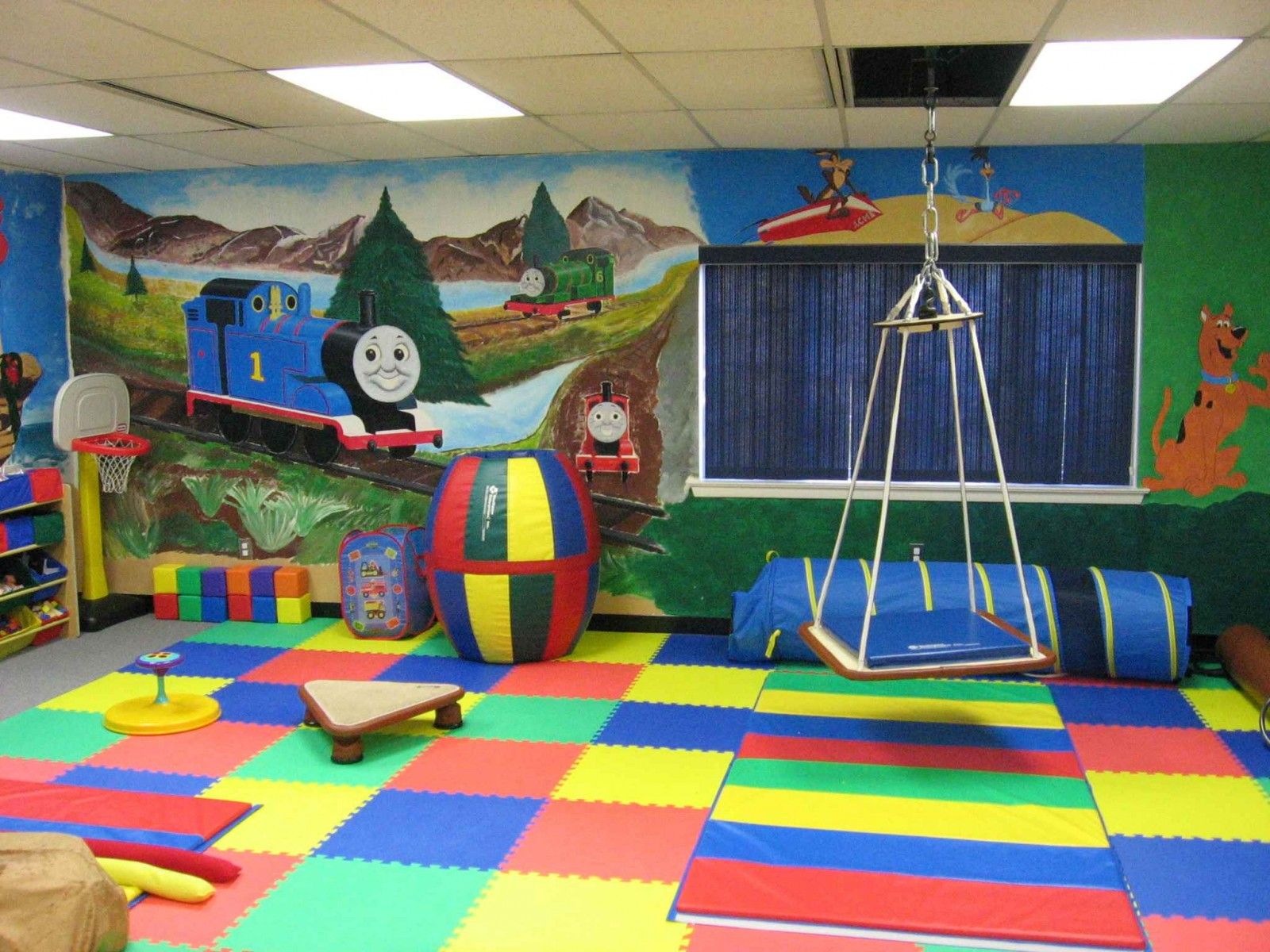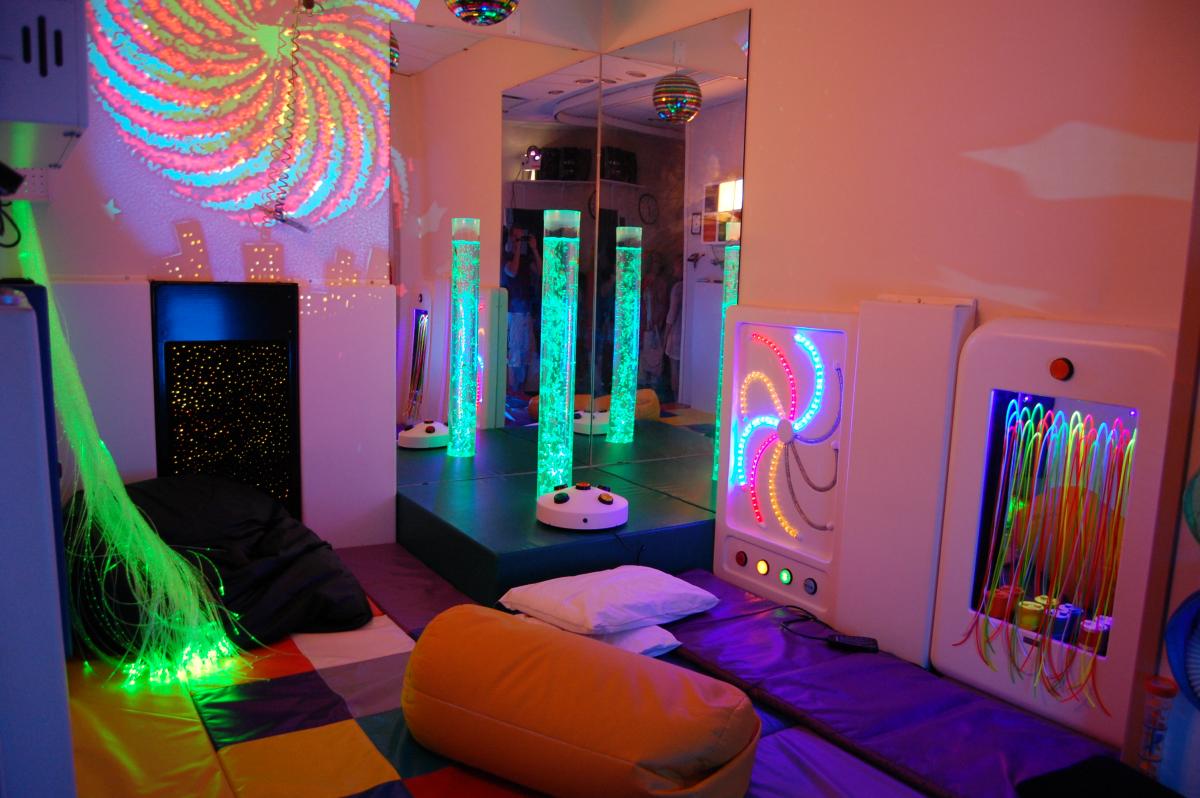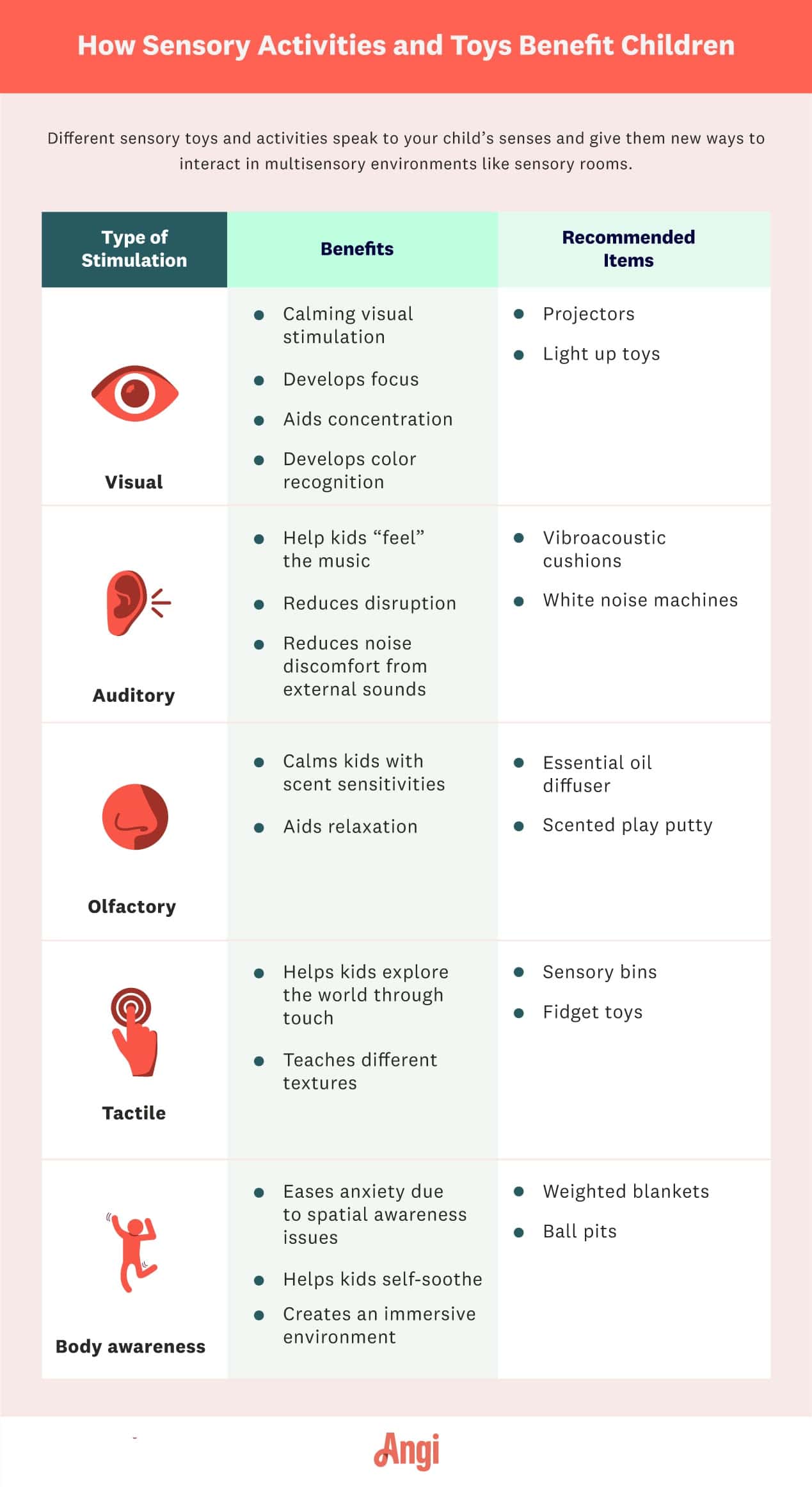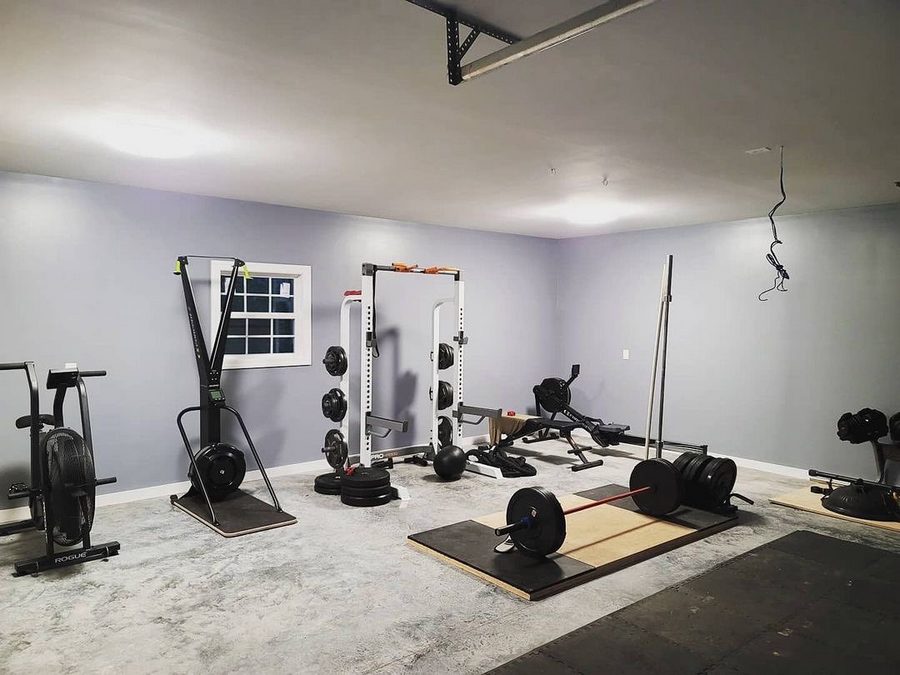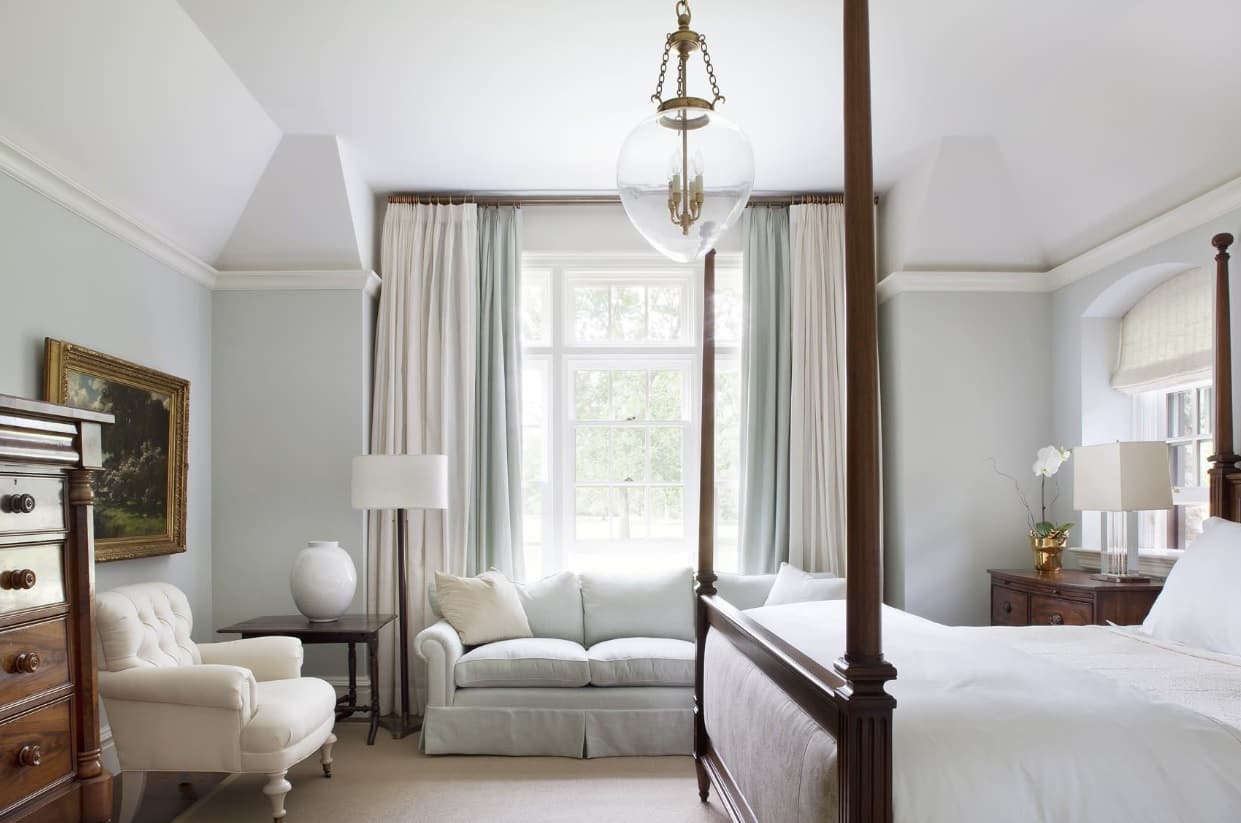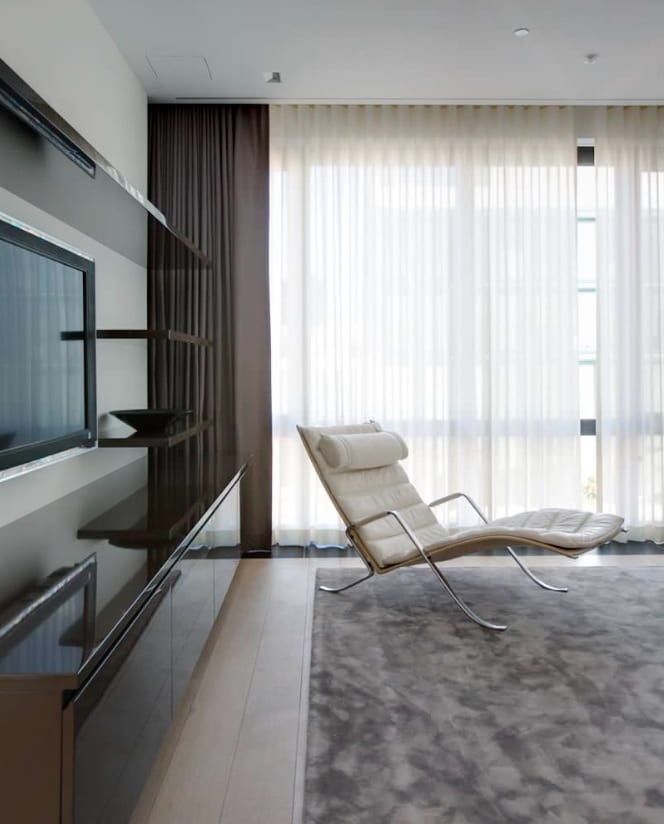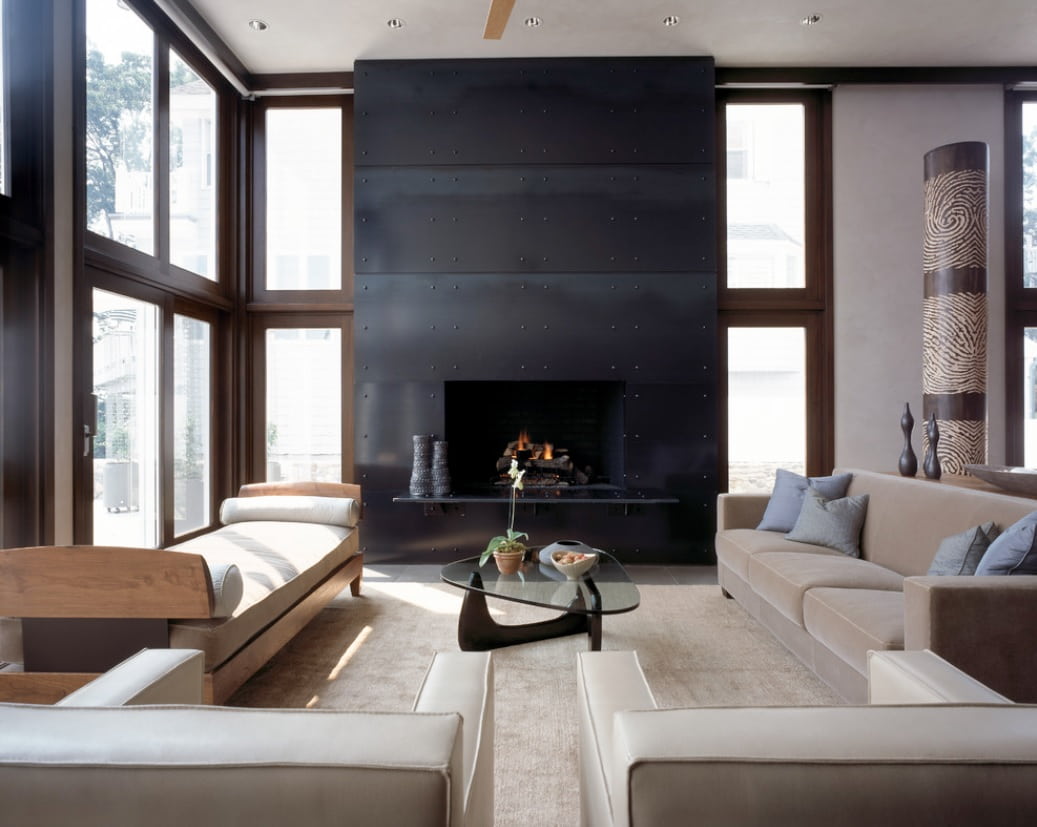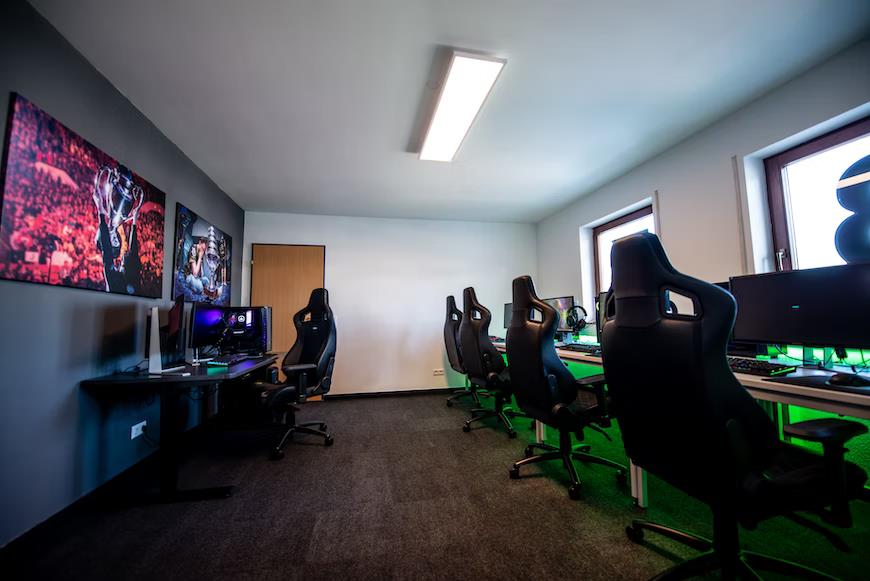In modern society, we are thankfully far more aware of sensory issues than ever before. While in the past children with sensory issues such as ADD, ADHD, and Autism would have merely been described as “difficult”, today we try to help them feel more comfortable. This is a very good progression point, but we need to do more if we want to help children with Autism and similar sensory issues settle into life.
This starts at home, so you should consider the following sensory interior design ideas to help your little one feel more settled at home:
Sensory Interior Design Ideas
- For one, you should do all that you can to help out with the sound side of things. Children with sensory issues can find the sound to be quite challenging, and it can make them very distracted and find it hard to retain patience and concentration for what they are doing. Help out by using insulation to minimize noise pollution, as well as using acoustic ceilings and a carpet to help dampen the spread of sound.
- Lighting is a major part of the process too for most children with Sensory issues like Autism. You should always look to use indirect lighting if you can, as it helps them to stay calm and feel more comfortable. They are more sensitive to light than others, and this can make them feel uncomfortable due to the constant hum and time-to-time flickering that comes from fluorescent lighting, which can be a source of major frustration for them.
- Try and always use a less exciting design style. Yes, you might need to curb your own interior design instincts but your home is much more likely to be comfortable for your child if decorations are built around the aim of calming and soothing instead of trying to make design points. Matte colors tend to work best, with a more muted tone often helping your child to feel more comfortable and to ensure they can handle home life a little easier.
- This comes into space as much as design, too. For example, use curved walls as you can. Many children with Autism and other sensory issues can be easily startled by someone coming around a straight wall. With a curved wall, they get that extra moment’s notice which can be the difference between having a pleasant conversation or setting them off.
- Avoid long corridors when you can. Many children with sensory issues will find long corridors disconcerting. So, what do you can to help them feel more at ease in these kinds of environments by reducing the perception of corridor length if you cannot make them physically shorter.
- Always try and make sure that your building is as easy to navigate as possible. The last thing your child needs is to feel confused when trying to navigate around the building. You could even use rug designs in specific rooms and sections; it’s likely they’ll get used to memorizing where they are headed through little accessories like a rug, so it can be useful for creating that mental link. Rugs for wooden floors, too, can be good for helping to create an attitude of comfort, warmth, and inclusion.
Also, you can learn more about how sensory activities and toys can benefit children with Autism from the infographics that were provided by angi.com:
Keeping these features in mind, you can make it much easier for a child with sensory issues such as Autism to settle into the building and feel calmer and more at ease generally.
Article provided by landofrugs.com.

